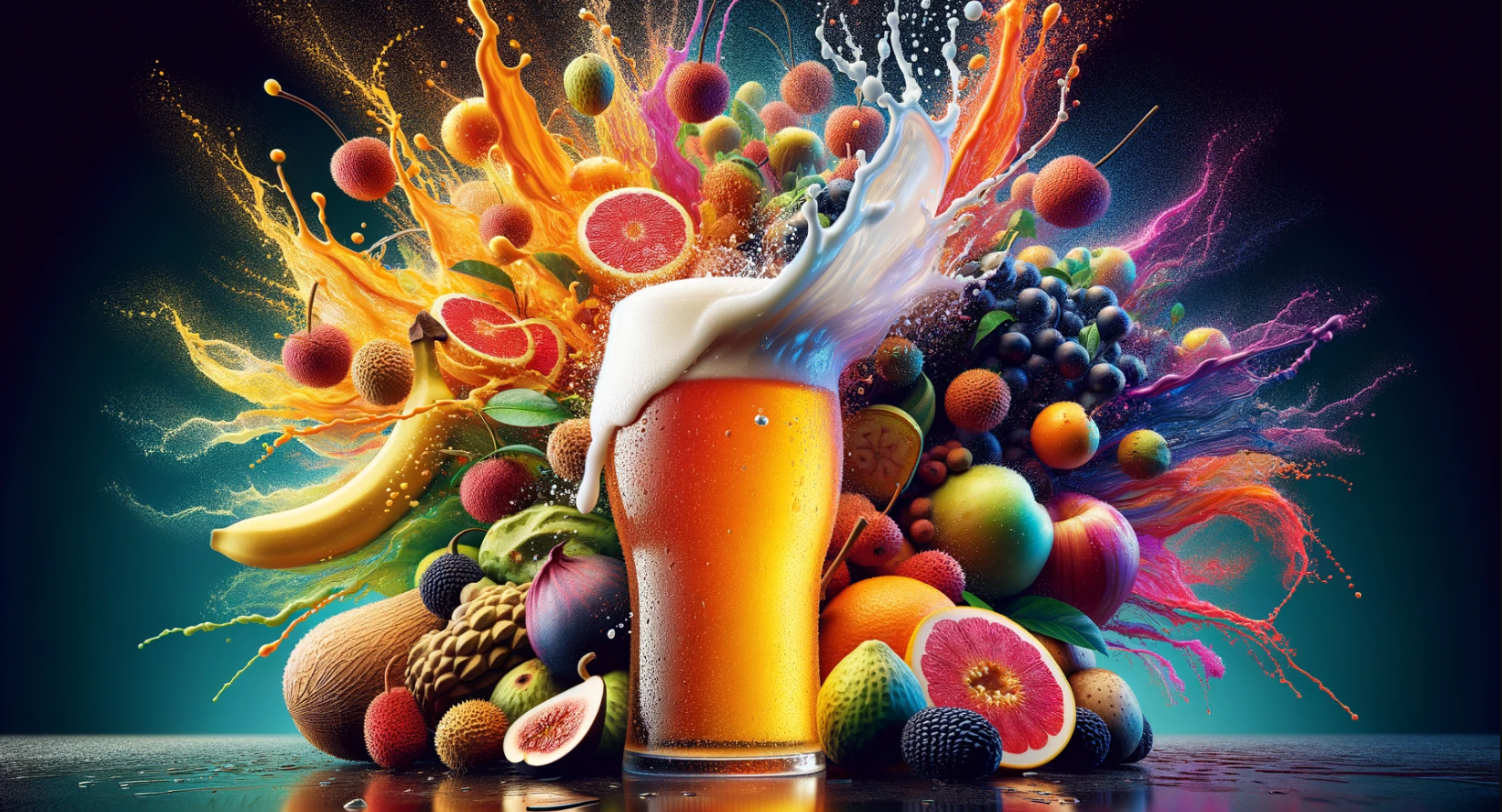Le Hoppy History features articles by beer expert Mario d’Eer. Despite the years, the hoppy freshness of the message has not faded. Far from it, Mario d’Eer takes us on a journey to the very essence of beer.
Beer is a beverage that couldn’t care less about the imprisonment inherent in categorization. Born of fire and water, it evokes absoluteness and supreme freedom. Man, or woman (depending on the situation), gives himself the impression of controlling the universe by attributing often arbitrary definitions to everything around him. That said, this article focuses specifically on the most popular beer families.
While the Gauls quickly forgot about cervoise, the English have always maintained the use of the word ale to designate traditional ales and beer for bottom-fermented lagers.
The Food and Drugs Act offers the following definition to clarify the different types of beer that can be brewed in Canada: “(beer) shall be brewed so as to have the aroma, taste and characteristics commonly attributed to ale, stout, porter or malt liquor as the case may be”. As you can see, the lighting is rather obscure, nothing new in government. Our uncertain country does, however, recognize four styles of beer.
The labels of most breweries tell us about the two best-known types: “ale” and “lager”. However, it would be very difficult to specify the difference between the two, especially when we note that some beers from the big breweries use both names alternately to identify themselves.
In the community of celestial mug chroniclers, the words ale and lager are used as synonyms for “high” and “low”. High refers to beers fermented at high temperatures (usually between 15 and 23 -C), while low refers to those fermented at low temperatures (between 0 and 14 -C). It usually has a thinner body and more complex flavors on the palate.
The word ale comes from the Danish “öl” and was used to designate the drink we know today. It was much easier for the English to ask for an “öl” in a pub than a “cwrw”, a word they had previously used. In the French-speaking world, it was by saying “une cervoise s’il-vous-plaît” that the drinker asked for his daily ration in a tavern. Neither English ale nor Gallic cervoise used hops in the brewing process. The Germans, on the other hand, had no choice but to use hops, as they were the only flavoring ingredient authorized for brewing in their empire.
They called their beers “bier”, as they still do today. When their neighbors in turn incorporated this magic flower into their concoctions, the original name was simply adapted to the local language, hence the common origin of the words “bière” and “beer”. While the Gauls soon forgot about cervoise, the English have always maintained the use of the word ale to designate traditional ales, and beer for bottom-fermented lagers.
The origin of the word lager comes from the German verb lagern, meaning to store. Of course, it refers to bottom-fermented beers, which require a longer storage period due to fermentation. In short, while the word lager is indeed the origin of a category of beer, the word ale is more of a paradox, since theoretically it’s a synonym for beer in the same way as the word cervoise.
There’s a third, much smaller family of very thoroughbred beers known as lambic or “spontaneous fermentation”. This is a typical Brussels specialty. Fermentation has two specific characteristics. Firstly, the fermentation tanks are so shallow that the notions of high and low no longer have any meaning.
Secondly, the wort is not inoculated with yeast, as is the case with other beers. Instead, we let nature do its work. Bacterial flora and yeasts floating in the air settle on the surface of the wort and, excited by the sweet liquid, transform the sugars into gas and alcohol. The distinctive taste of lambics is dominated by acidity, reminiscent of cider. Fruit is often used to sweeten the sharpness of this type of beer.












Leave a Reply